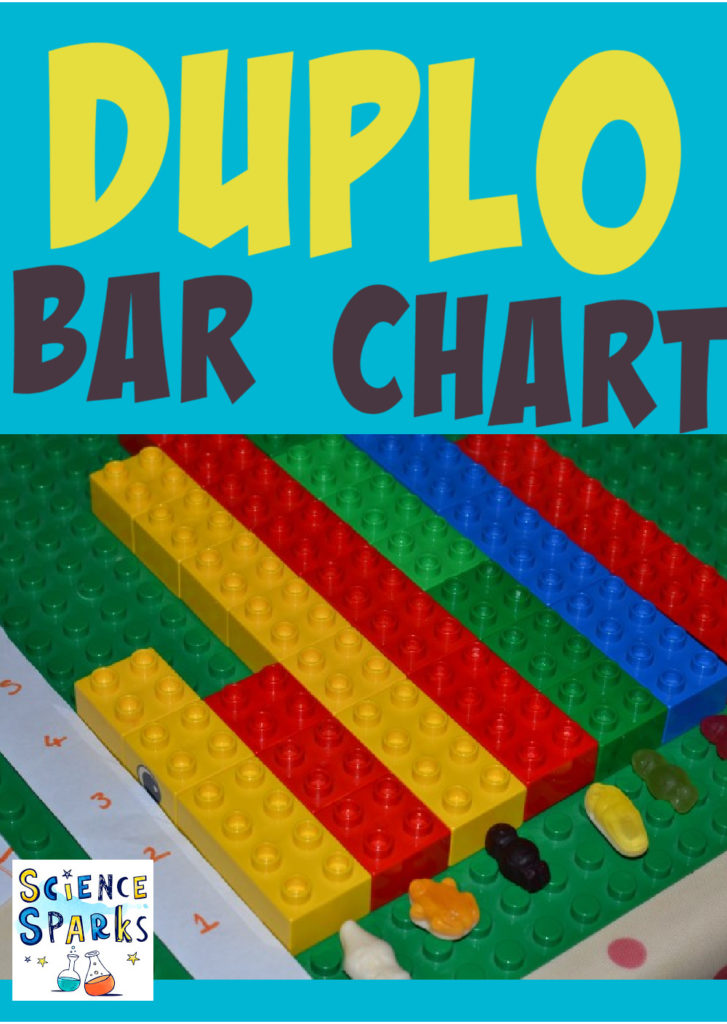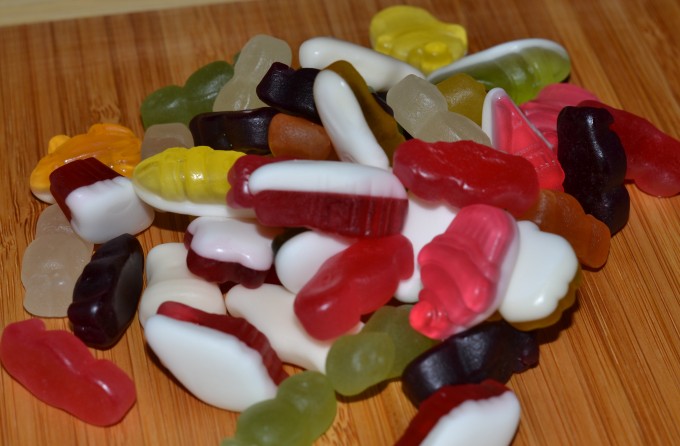Recording data is a very important part of any scientific investigation. You should decide how the data will be recorded in the planning stages before starting the experiment. A table is often the simplest method, and from there, data can be taken and analysed. We’ve drawn tables before in our viscosity investigation.
This activity is designed to introduce the concept of a bar chart using LEGO. We completed a simple sorting activity first and then plotted the data LEGO bar chart.
What you need for a LEGO bar chart
A bag of sweets / different shaped LEGO / anything else you want to sort
DUPLO/LEGO
Pens and paper
Instructions
Decide how to sort your items, we discussed sorting by type of sweet, size and colour, but settled on colour
Count and record the number of each item. We drew a simple table to record the type of sweet and number of sweets.
Think about how you’ll plot the data on a graph.
- The different groups should be on the x – axis ( Horizontal ) with Number up the y – axis ( Vertical )*
- Do you have space to have each bar be 1, or do you need to go up in 2’s or even 10’s?
* Normally you put the things you control across the x-axis and the things you are measuring up the y axis
What do you think of our LEGO bar chart?

A graph is just a way of conveniently displaying data. Depending on the complexity of the data you can infer things very quickly from a graph that doesn’t necessarily come out when just looking at a table of numbers.
Last Updated on May 25, 2021 by Emma Vanstone






This is such a great way to work on bar graphs!
Love this original idea for working with bar graphs! Pinning! Thanks for sharing at the After School linky 🙂
Great idea for for working with bar graphs. Thanks for sharing this post.